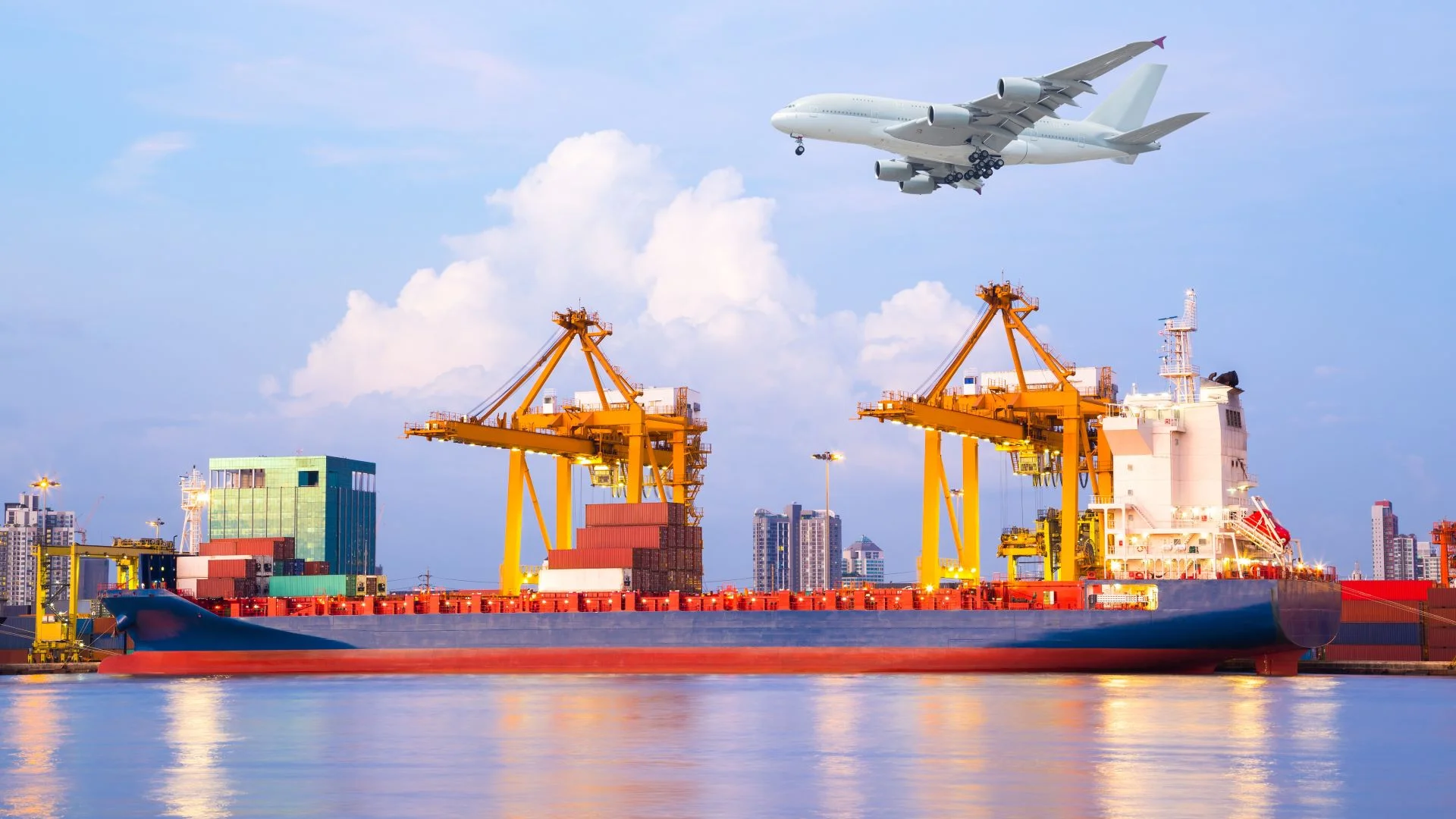Air cargo is a vital component of global trade, facilitating the rapid transportation of goods across countries and continents. It encompasses various types of freight transported via aircraft, including commercial goods, personal packages, and emergency supplies. Understanding the significance and workings of air cargo can enhance businesses’ logistics strategies and improve overall efficiency.
Types of Air Cargo
Air cargo can be categorized into two main types: general cargo and specialized cargo.
- General Cargo: This includes everyday items such as electronics, clothing, and household goods. General cargo is typically transported in standardized containers, making it easier to load, unload, and manage during transit.
- Specialized Cargo: This category includes perishables, pharmaceuticals, and fragile items that require specific handling and storage conditions. For example, perishable goods are transported in temperature-controlled environments to ensure freshness upon arrival.
Benefits of Using Air Cargo
Opting for air cargo offers several advantages, particularly for businesses that need to transport goods quickly and efficiently. Here are some key benefits:
- Speed: Air cargo is the fastest mode of transportation, significantly reducing transit times compared to sea or land freight. This is particularly beneficial for businesses that require urgent deliveries.
- Global Reach: With numerous airports worldwide, air cargo can reach remote areas that may not be accessible by other transportation means.
- Safety and Security: Air cargo operations are subject to strict security regulations, minimizing the risk of theft or damage during transit. This is especially important for high-value shipments.
- Reliability: Airlines often adhere to strict schedules, ensuring that shipments arrive on time. This reliability is crucial for businesses that depend on timely deliveries to meet customer demands.
The Process of Air Cargo
The air cargo process involves several steps, each crucial for ensuring the safe and efficient transport of goods:
- Booking: Customers must book their shipments through freight forwarders or directly with airlines. This process includes providing necessary documentation, such as commercial invoices and air waybills.
- Packaging: Proper packaging is essential to protect goods during transit. Companies must ensure that items are securely packed and labeled according to airline regulations.
- Customs Clearance: Before departure, shipments must clear customs. This step involves submitting required documents and paying any applicable duties or taxes.
- Transportation to Airport: Once cleared, goods are transported to the airport and loaded onto the aircraft.
- Flight and Delivery: After the flight, the cargo is unloaded at the destination airport and processed for final delivery to the recipient.
Challenges in Air Cargo
While air cargo offers numerous benefits, it is not without its challenges. Some common issues include:
- Cost: The speed and efficiency of air cargo often come at a higher price compared to other shipping methods, which may not be suitable for every business.
- Capacity Limitations: Aircraft have limited cargo space, which can pose challenges for larger shipments. Businesses may need to use multiple flights or different transportation methods to meet their needs.
- Regulatory Compliance: Different countries have varying regulations for air cargo, including customs and security requirements. Companies must stay informed to avoid delays and penalties.
Conclusion
In summary, air cargo plays a critical role in modern logistics, offering speed, reliability, and a global reach that is unmatched by other transportation methods. By understanding the types, benefits, and processes involved, businesses can make informed decisions to optimize their shipping strategies. While there are challenges to navigate, the advantages of air cargo often outweigh the drawbacks, making it an essential tool for international trade.


















